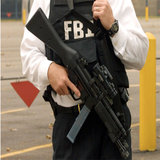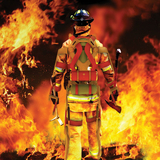Police Duty Gear and Equipment
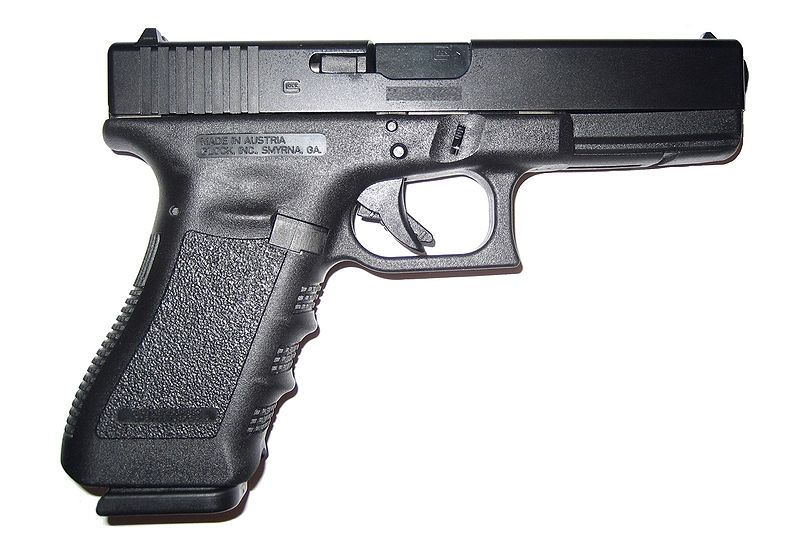
1. Police Guns - Approximately 65% of police departments choose to carry Glock pistols as part of their standard police duty equipment, mainly because this particular brand of firearm is renown for its extreme reliability, accuracy, and minimal weight. There are over 25 different varieties of Glock pistols, including the 9mm, 10mm, .40 cal, .45 cal, .380, & .357. While many police department's standard issue is a .40 caliber pistol, some law enforcement officials have several options when it comes to selecting their weapon of choice. Some of the more common pistols are the Glock 22, Smith & Wesson 45 CPs, Beretta 92, & the .357 Sigs.
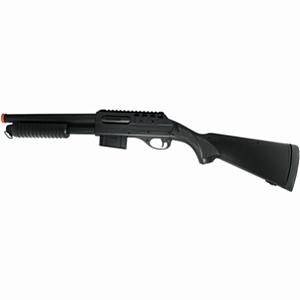
2. Police Shotgun - Just about every police vehicle comes equipped with a standard 12 gauge shotgun, which is primarily used for close combat against heavily armed criminals. Law enforcement officials typically use buckshot cartridges, which is useful for close-range combat and carry slugs on their equipment belt, which is generally used for distances greater than 20 yards. Due to constant police scrutiny, more and more police departments are starting to issue a special type of shotgun that fires bean bags, which are considered to be less-lethal, and often used when deadly force isn't a necessary means of stopping perpetrators.
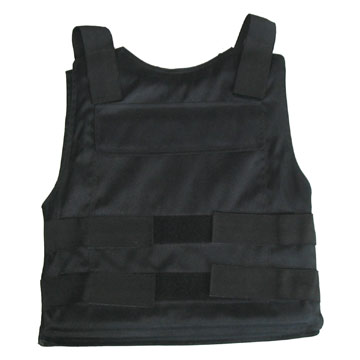
3. Police Bulletproof Vest - One of the most important (if not the most) pieces of police equipment an officer will ever use is his bulletproof vest. Cops who don't wear ballistic vests are 14 times more likely to be killed by gunfire. Most police officers use soft bulletproof vests (which are less noticeable) as part of their standard duty attire. This type of body armor can protect against most calibers of pistols, shotguns, some rifle rounds, knives, arrows, & even small explosions. However, bulletproof vests are unable to prevent any of the blunt force trauma which is sure to follow after being struck by a bullet traveling at over 1,700 mph (2,500 feet per second).
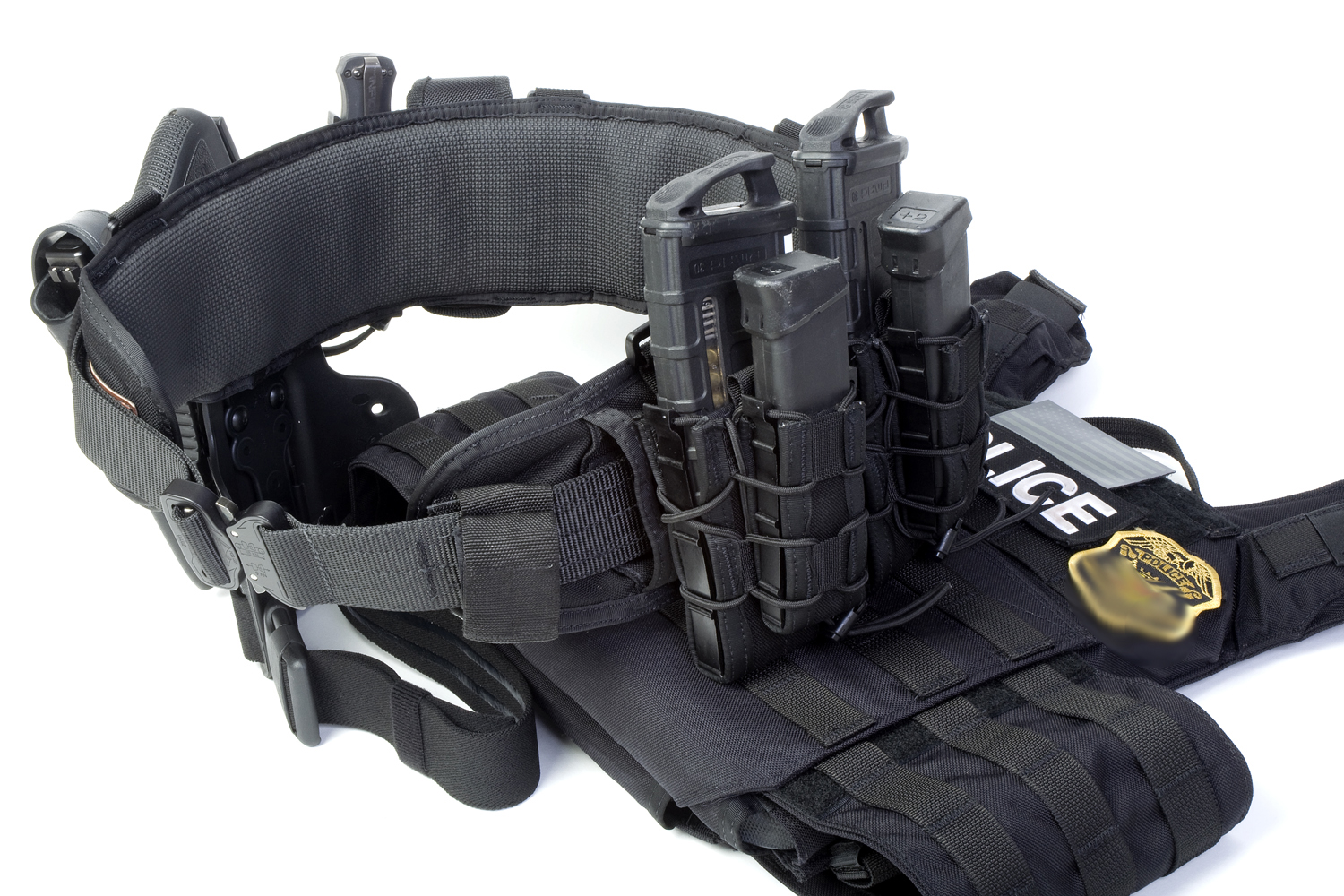
4. Police Duty Belt - This piece of equipment has been a staple to law enforcement uniforms for centuries and is designed to hold most of the gear used by cops on a daily basis. Duty belts are typically made out of genuine leather, are black, brown, or navy blue, come in a variety of sizes, and can weigh over ten pounds when fully equipped. They generally hold the following items: handcuffs, pistols, extra magazines/pistol rounds, tasers, mace/OC pepper spray, flashlights, handheld transponder device, batons, knife or multi-functional tools, keys, basic first aid items, and disposable gloves, which are used to treat wounded victims or investigate crime scenes.
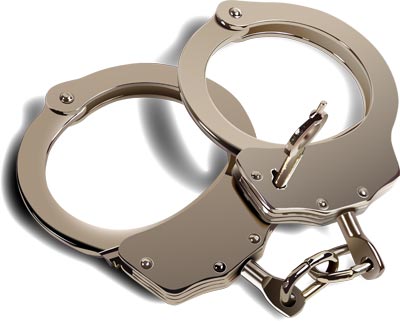
5. Police Handcuffs - These are probably the most utilized item of all the police equipment and are great for subduing uncooperative and dangerous criminals. Police handcuffs are also great for preventing additional injuries to criminals and bystanders, as well as the presiding law enforcement officials. Most handcuffs are made of steel, making them very durable and are near impossible to have the locks picked by desperate perpetrators. Most police officers carry 2-3 pairs on their gear belts so they can apprehend multiple suspects when they are without backup, which isn't very often unless they are patrolling unpopulated or rural areas.
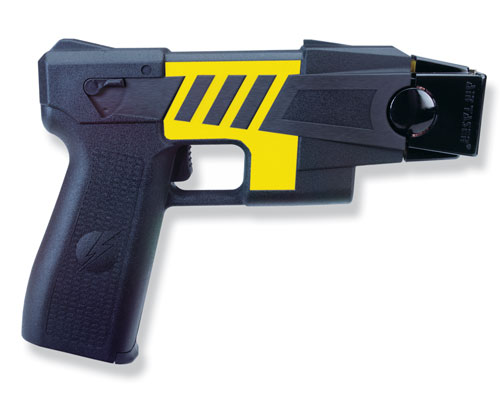
6. Police Taser Gun - The police stun gun or taser is one of the newer pieces of police equipment that is starting to be used more frequently. The nice thing about taser guns is that they are effective at neutralizing a suspect while causing little to no harm at all. A typical police taser can travel approximately 15-25 feet and penetrate through most articles of clothing while still inflicting 50,000 volts, which is more than enough to temporarily leave the perpetrator incapacitated long enough for law enforcement officials to make an arrest. The drawback to using a taser is that it only allows for one shot and sometimes the device can malfunction.
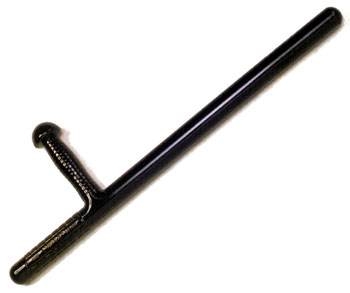
7. Police Baton - The police baton is one of the oldest pieces of police equipment that is still widely used in most civilized countries. Batons typically weight a couple of pounds and can extend up to 26+ inches. Officers often use their batons to control and disperse non-compliant suspects, particularly in large crowds which can arise after popular sportings events such as the World Cup, Superbowl, baseball, basketball, & hockey finals. Police batons are also effective for defending oneself against aggressive individuals who appear to be unarmed, in addition to breaking down doors and windows to help trapped victims where danger is imminent.
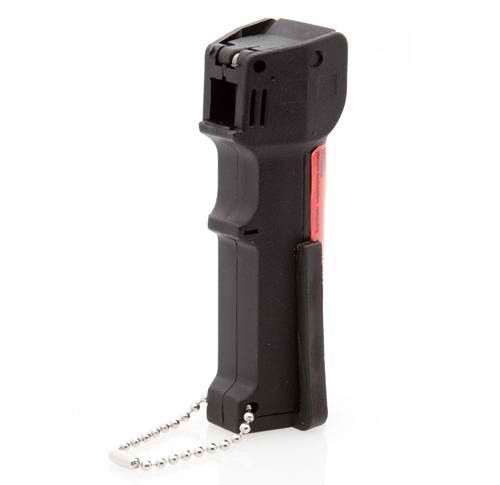
8. Police Mace - Whether it's CS (Orthochlorobenzalmalonitrile), CN (alphachloroacetaphenone), OC (oleoresin capsicum), or PAVA (pelargonic acid vanillylamide) spray, they are all known as control sprays. The first two sprays listed are a type of tear gas and have been used for decades, especially with the military. The latter two are types of pepper sprays and are considered to be more effective at neutralizing assailants by making it extremely difficult to think, breathe, and see. Police OC spray comes in a couple of different sizes ranging from 1-10 ounces and can reach distances of 5 to 25 feet. A quick spray to the face should be more than enough to disable someone long enough to make an arrest or escape from a dangerous situation.
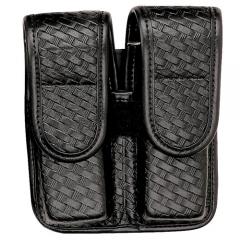
9. Police Extra Magazines - Most police pistols are equipped to hold 15-17 rounds of ammunition. Since a full magazine of bullets can be discharged in less than 10 seconds, most officers carry 2-3 spare magazines or speed loaders on their equipment belts (inside the magazine pouches). There is usually additional ammunition located inside police vehicles or in the trunk space. The magazines can either be holstered in a vertical or horizontal position. The benefit of carrying them in an upright position is that less space is occupied and more magazines can be carried. The benefit of carrying them horizontally is greater comfort and faster retrieval.
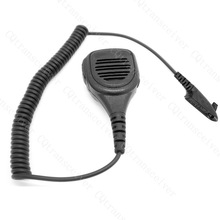
10. Police Radio - Almost every time officers pulls somebody over or make contact with people on the street they use their radio to let dispatch know one or more of the following: their current location, what they are doing, check license plates, run background checks, whether or not they need additional units, and so on. The radio or handheld transceiver is usually held in a pouch attached to a loop in the equipment belt and can be easily removed. Some radios have an external microphone attached to the radio that can be clipped to the uniform. Most devices contain a 'Push to Talk' button that makes communication with dispatch efficient.
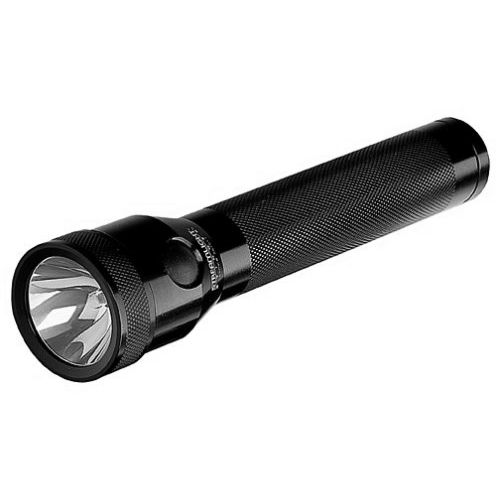
11. Police Flashlight - While there generally isn't a mandatory flashlight that police officers must use, most carry at least one with them at all times. Some choose to use the big stinger-type flashlights which are rather large and heavy (good for self-defense), while others prefer the smaller yet mighty Surefire or Fenix flashlights, which can put out a radiant 1000+ lumens, enough to illuminate a street for up to a few hundred yards. The smaller flashlights can also can be mounted to their pistols and become quite useful during night pursuits. Police cars will also generally be equipped with floodlights which are effective in spotting people at night.
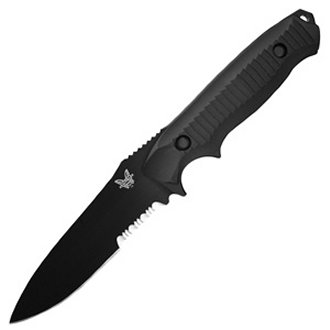
12. Police Knife - Most police officers rarely use knives and some police departments don't even allow law enforcement officials to carry them simply due to the risk factors of having it fall into the hands of a criminal. However, there are some police officers who choose to carry knives with them because they can be quite useful when it comes to rescuing trapped victims, such as those stuck behind seatbelt due to an automobile accident. Other police officers prefer to carry the leatherman style instrument which can offer a more complete set of tools, such as pliers, metal cutters, screwdrivers, and more.
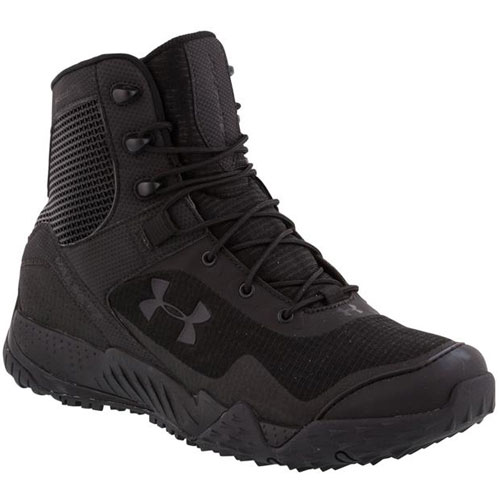
13. Police Boots - Patrol officers generally wear tactical boots that range from 6-8 inches tall and are made of leather and/or synthetic materials. Most police boots are black or navy blue in color and often times resemble running shoes. The soles are usually made of a durable rubber that is designed to provide both traction and comfort. Officers in the motorcycle units wear taller boots that can reach up to 18 inches. Some of the more popular brands that manufacture police footwear are Alden, All American, Dehner, & Wesco. Most law enforcement officials own 2-3 pairs of boots and rotate them on a daily basis to extend the life of the shoe.
Continue Learning: Find out the 10 step to becoming a police officer and see if you have what it takes to pursue a career in law enforcement.
Sources & Citations:
- https://totalsecurity.wordpress.com/2007/03/04/best-self-defense-spray-oc-cn-or-cs/
- http://www.policechiefmagazine.org/magazine/index.cfm?fuseaction=display_arch&article_id=1643&issue_id=102008
- http://us.glock.com/products/sector/law-enforcement
- http://en.wikipedia.org/wiki/Police_duty_belt
- http://www.bootedman.com/wiki/doku.php?id=cops
